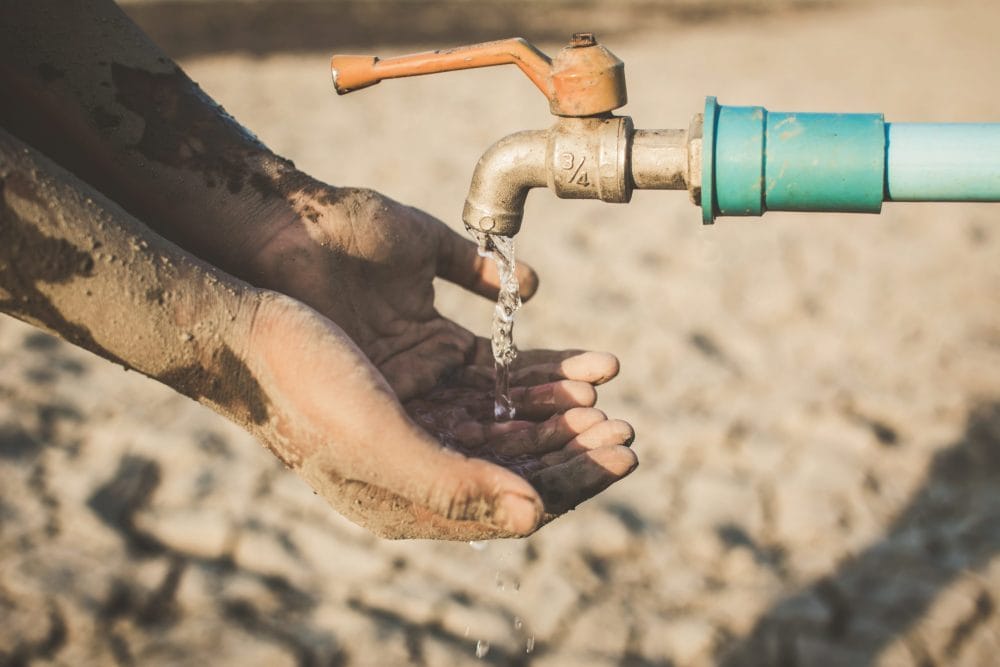
By Jessica Boehm | Axios
About a quarter of residents in Rio Verde Foothills, a small unincorporated town in the far northeast corner of the Valley, may not have water come Jan. 1.
- Yes, but: Local leaders are getting creative to come up with new water options.
What’s happening: About 500 of Rio Verde’s 2,000 residents rely on hauled water from Scottsdale.
- The other residents use private wells.
Late last year, Scottsdale announced it would enact the first stage of its drought contingency plan and not allow Rio Verde residents to haul water starting in 2023.
Why it matters: Rio Verde’s water crisis is one of the first major examples of the impact of the West’s megadrought on Maricopa County’s residential water supply.
- As cutbacks to Colorado River water usage continue, more rural areas in Maricopa County could face similar challenges.
Some Rio Verde residents think the only way to ensure the area’s water supply is to establish a domestic water improvement district that would create a board with taxing authority to purchase water rights and create a long-term source.
- The Maricopa County Board of Supervisors must approve the water district.
The other side: Other residents, mainly those who have well access, adamantly oppose the district.
- Many people choose to live in unincorporated areas to avoid local regulation and taxes.
Maricopa County Supervisor Tom Galvin, an attorney who was appointed to the board in December, tells Axios Phoenix he’s been trying to find options beyond the water district to make sure no one loses water come January.
- He reached out to the Arizona Corporation Commission, which regulates private water providers, to see if residents could contract with a water company, such as EPCOR, to establish a new standpipe and continue to haul water.





